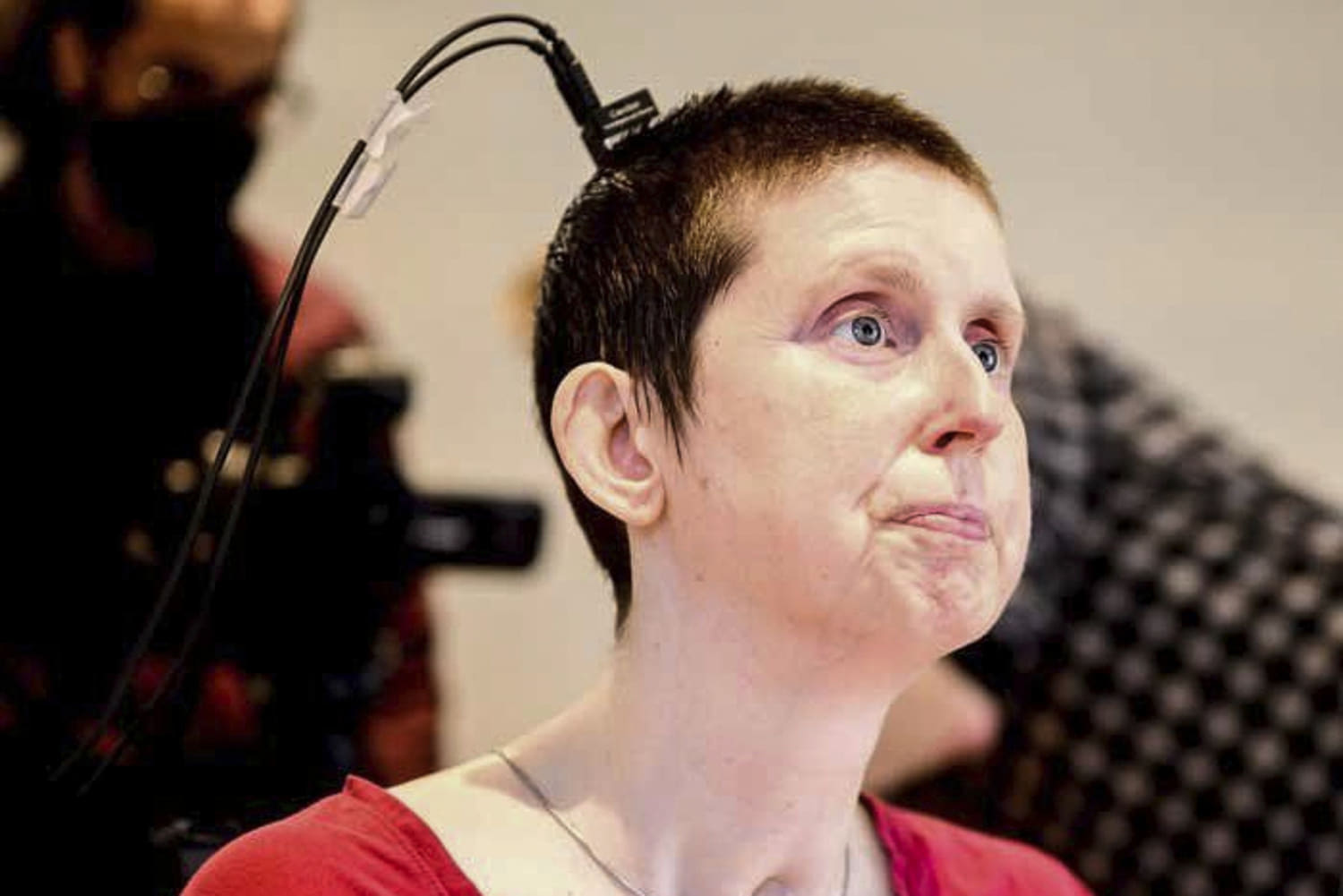
Image: The hidden intricacies of Messier 106
Featured in this new image from the NASA/ESA/CSA James Webb Space Telescope is Messier 106, also known as NGC 4258. This is a nearby spiral galaxy that resides roughly 23 million light-years away in the constellation Canes Venatici, practically a neighbor by cosmic standards. Messier 106 is one of the brightest and nearest spiral galaxies…














